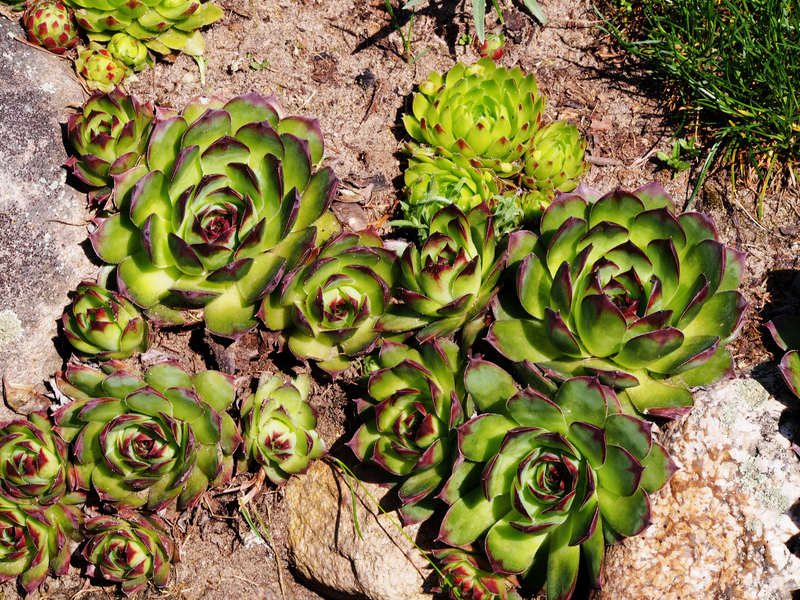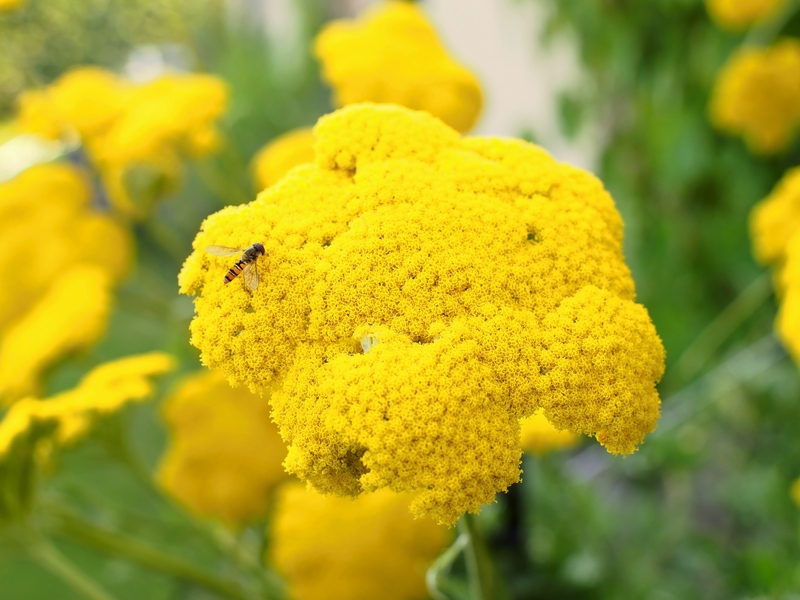DIY Composting Tips
Posted on 06/04/2025
Composting is a time-honored method of recycling organic waste into a nutrient-rich soil amendment that can help your garden flourish. With a little patience and know-how, you can turn kitchen scraps and yard waste into "black gold" that improves soil health, conserves resources, and reduces your carbon footprint.
Understanding the Basics of Composting
Composting is a natural process that breaks down organic materials into a dark, crumbly substance called humus. The key players in this process are microorganisms such as bacteria, fungi, and worms, which decompose the organic matter. For effective composting, you need a balance of "green" and "brown" materials, moisture, aeration, and time.
The Role of Greens and Browns
Greens are nitrogen-rich materials, such as fruit and vegetable scraps, coffee grounds, and grass clippings. These materials help to heat up the compost pile and accelerate decomposition. Browns, on the other hand, are carbon-rich materials, such as leaves, straw, newspaper, and cardboard. Browns provide structure, facilitate air flow, and help control odors.

Getting Started with Your Compost Pile
Starting a compost pile is simple and doesn't require expensive equipment. Here are some basic steps to help you get started:
1. Choose a Site
Choose a spot in your yard that is convenient, has good drainage, and is on bare soil. Avoid placing the compost pile directly against walls or fences. If you're concerned about rodents or pests, you can use a compost bin or tumbler.
2. Build Your Pile
Begin by placing a layer of coarse, dry materials, such as sticks or straw, on the bottom of your compost area. This helps with drainage and aeration. Then alternate layers of greens and browns, ensuring a roughly equal balance. Aim for layers that are about 2-4 inches thick. You can also sprinkle some garden soil or finished compost between layers to introduce beneficial microorganisms.
Maintaining Your Compost Pile
Maintaining your compost pile involves monitoring moisture levels, turning the compost, and troubleshooting common issues. Consistent maintenance ensures faster and more effective decomposition.
1. Monitor Moisture Levels
The ideal moisture level for a compost pile is similar to a wrung-out sponge. If your pile is too dry, decomposition will slow down. If it's too wet, it can become smelly and anaerobic. To maintain proper moisture levels, add water if the pile is dry and add more browns if it's too wet.
2. Turn the Compost
Turning the compost pile introduces oxygen, which is essential for aerobic decomposition. Use a pitchfork or compost aerator to mix the pile every few weeks. This helps to break down the material more evenly and prevents the pile from becoming compacted.
3. Troubleshoot Common Issues
If your compost pile has an unpleasant odor, it may be too wet or contain too many greens. To fix this, add more browns and turn the pile. If the pile is not heating up, it may need more greens or moisture. Adjust the balance of materials and monitor the pile's temperature.
Composting Methods: Which One is Right for You?
There are several methods to compost at home, each with its own benefits. Consider your space, time, and the amount of organic waste you generate when choosing a method.
1. Traditional Compost Pile
This is the most common method and involves creating a compost pile directly on the ground. It's suitable for larger gardens and can handle a substantial amount of yard waste and kitchen scraps.
2. Compost Bin
Compost bins are ideal for urban or suburban settings with limited space. They are contained, which can help reduce odors and keep pests away. Bins come in various sizes and materials, including plastic, wood, and metal.
3. Compost Tumbler
Compost tumblers are designed for easy turning and faster decomposition. These enclosed systems are rotated by hand, which aerates the compost without the need for manual turning with a pitchfork. They're excellent for small gardens and can produce finished compost in a matter of weeks.
4. Vermicomposting
Vermicomposting uses worms, specifically red wigglers, to break down organic matter. This method is perfect for indoor composting and produces nutrient-rich worm castings. Worm bins can be kept under the kitchen sink or in a basement, making them ideal for apartment dwellers.
Using Finished Compost
Once your compost is dark, crumbly, and has an earthy smell, it's ready to use. Here are some ways to incorporate finished compost into your garden:
1. Soil Amendment
Mix compost into garden soil to improve its structure, enhance moisture retention, and add nutrients. Spread a 2-4 inch layer of compost over the soil and work it in to a depth of 6-12 inches.
2. Mulch
Compost can be used as a mulch to suppress weeds, retain soil moisture, and provide a slow release of nutrients. Spread a 2-3 inch layer of compost around plants, being careful not to cover the plant stems.
3. Liquid Fertilizer
Create a nutrient-rich liquid fertilizer by steeping finished compost in water for a few days. Strain out the solids, and use the liquid to water your plants. This "compost tea" provides an instant nutrient boost to your garden.
Benefits of Composting
Composting offers a multitude of benefits for your garden and the environment:
- Reduces Waste: Composting diverts organic waste from landfills, reducing methane emissions and conserving landfill space.
- Enriches Soil: Compost improves soil texture, promotes healthy root development, and increases the soil's ability to retain water.
- Suppresses Plant Diseases: The beneficial microorganisms in compost help to suppress soil-borne diseases and improve plant resilience.
- Conserves Resources: By recycling organic waste into compost, you reduce the need for chemical fertilizers and enhance the sustainability of your gardening practices.

Common Composting Mistakes to Avoid
Even seasoned gardeners can make mistakes when composting. Here are some common pitfalls to avoid:
1. Adding Non-Compostable Materials
Avoid adding meat, dairy, fats, oils, and pet waste to your compost pile. These materials can attract pests and create unpleasant odors. Stick to plant-based kitchen scraps, yard waste, and paper products.
2. Overloading with One Material
A balanced compost pile needs a variety of materials. Overloading with greens or browns can disrupt the decomposition process. Aim for a mix of both to keep your pile balanced.
3. Neglecting the Pile
Composting requires attention and maintenance. Neglecting to turn the pile, monitor moisture, or address issues can result in a slow or ineffective compost process. Regularly check on your pile and make necessary adjustments.
Conclusion
DIY composting is a rewarding and eco-friendly way to manage organic waste while enriching your garden soil. By understanding the basics, choosing the right composting method, and maintaining your compost pile, you can transform kitchen scraps and yard waste into a valuable garden resource. Embrace composting and join the growing community of gardeners who are making a positive impact on the environment, one compost pile at a time.







